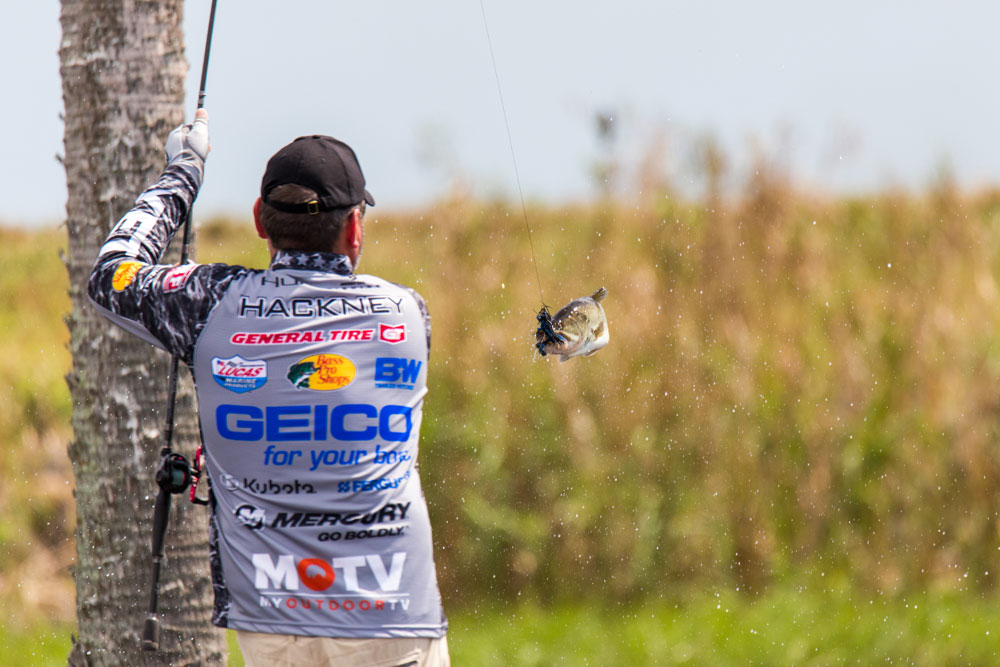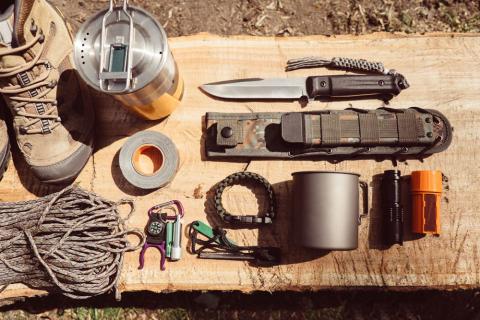with Greg Hackney

When I’m not flipping a jig, my two favorite plastic lures to flip are the Strike King Rodent and a Strike King Rage Bug. Don’t get me wrong. My favorite flipping bait is a jig. However, at certain times, flipping soft plastics may pay off better in bass bites than fishing the jig will.
The Rodent and the Rage Bug are similar in size, but what makes these two lures totally different is that the Rodent is basically a do-nothing lure with appendages that don’t move or swim much at all. The Rodent has a natural, no-action kind of fall. So, when bass aren’t aggressive, when the water where you’re fishing is somewhat cold, or when fishing down a bank where other anglers already have fished that same day, fishing the Rodent may pay off.
If the bass have shown me that they’re aggressive and willing to chase a bait, I’ll flip the Rage Bug, a lure with four appendages that have cool swimming actions. I select the color of lure I’ll flip based on water color. In dark water, I like black hues, like the California Craw and Neon Black and Blue. When the water is more green-colored, I like to fish green-colored lures like Watermelon Red and Double Header. I prefer for the lures I fish to be natural-looking for the water conditions where I’m fishing. I don’t like lures that stand out and are more brightly colored than the water where I’m fishing. I’ve found that the more natural my lures look in the water, the more bass bites I get. A bluegill doesn’t survive if it stands out from its environment, and that’s why you don’t see goldfish swimming in bass waters. They’d all get eaten immediately
Bass are opportunistic feeders. At times, they will hit lures with colors that stand out like sore thumbs. But typically to generate the most strikes I can get, I use a bait that more closely resembles the bait on which the bass are feeding and that looks natural and almost camouflaged in the water. Bass are searching for some type of bait that’s trying to hide from them.



























